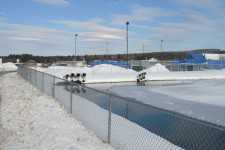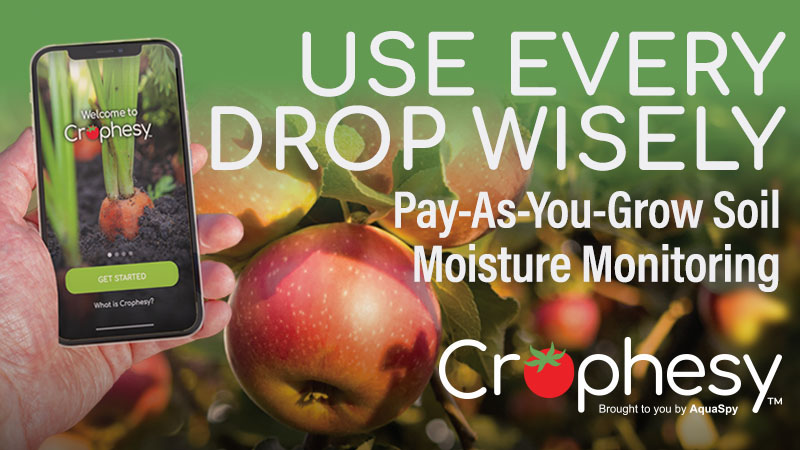Orchard Irrigation Do’s And Don’ts

Leonardo Da Vinci famously said that, “water is the driving force of all nature.” As a basic necessity, shouldn’t it be cared for, monitored, and kept at the optimal level of functionality?
Sally A. Miller, professor in the Department of Plant Pathology at The Ohio State University, and her associate Dr. Melanie Lewis Ivey, tackle water quality issues with some back-to-basics steps that growers may be overlooking, causing reduced yields as well as compromised crop quality.
DO Have Water Tested
The importance of testing your water is key, says Ivey, and who tests it is even more important.
“Water used for irrigation should be tested by a reputable laboratory to determine the microbial, physical, and chemical quality of the water,” she explains.
Furthermore, the parameters, such as volume, number of samples, and type of testing container used, will depend on the laboratory conducting the test and the type of test being conducted.
Ivey says that the water collected should be taken from as close to the source as possible and allowed to run at full flow for five minutes before collection of 500 milliliters is done in a clean, disposable plastic bottle. This is important as chemical residues and detergents can interfere with test results, she explains.
In addition, on-site water tests such as oxidation reduction potential (ORP) and pH can be conducted periodically at the growing facility using inexpensive pH and ORP meters, Ivey says. “These tests,” she explains, “are commonly used to verify the efficacy of water treatments and fertilizer potential during crop growth.” Ivey also reminds growers to calibrate their pH and ORP meters according to manufacturer instructions before doing any testing.
DO Disinfect Water
Right in line with using clean water, and assuring it is so by having it tested, is the step of disinfecting the water to be used, Miller explains.
“Use some form of filtration prior to disinfection to reduce inorganic
and organic particulates in the water,” she says.
In addition, the choice of disinfectant depends greatly on the water source. Options for ridding water of pathogens include the use of heat, sodium, calcium hypochlorite, hydrogen peroxide, ultraviolet light, reverse osmosis, ozone, copper, and silver ionization, as well as slow sand filtration, explains Miller.
Something growers should beware of when disinfecting water, warns Miller, is that water disinfectants are complex and their efficacy depends on many factors such as biology of the target pathogen, water temperature, pH, and ORP, among other things. “It is important to monitor levels of chemical disinfectants,” says Miller, “as when used improperly, they can be harmful to the crop and to humans.”
DON’T Slack On Test Timing
Although Miller makes it clear that testing frequency depends on the source of the water, Ivey emphasizes that the timing and regularity is important to assure that no new pathogens have come into the flow since the last time the source was tested.
“Water should be tested prior to new construction and new water sources should be tested monthly for the first complete crop production cycle,” she explains. In addition, testing should be done as necessary should production practices be altered or plant health or water quality changes are displayed. Good record keeping, and a sharp eye, can all aid growers in knowing when to test and what to test for, both Miller and Ivey explain.
DON’T Allow Runoff
Ivey says that runoff can be a concern for environmental and financial reasons.
Conservation, a hot button word right now in growing operations, “can be achieved by using management practices that reduce the volume of water used during crop production such as drip or sub-irrigation, using a growing medium with high water holding capacity, and measuring media moisture levels before watering.”
“If managed improperly,” she says, “runoff water can contain excess nutrients, pesticides, and even plant pathogens that can then contaminate surface and ground water.” Furthermore, “soil erosion can be a concern, especially for site runoff water,” she adds.
Both researchers say that a combination of conserving, collecting, and treating water offers the best solution to minimize the problem. They also encourage growers to check local and state EPA regulations to be sure they are adhering to standards when it comes to runoff.









